AO Edited
Dresden Frauenkirche
This Dresden church was purposely rebuilt Protestant after being demolished in World War II.
While a church has stood on this site since the 11th century, the current opulence of the Dresden Frauenkirche was constructed specifically to reflect Protestant influences after the original Catholic building was turned to rubble during the Dresden bombings of World War II.
Sporting one of the largest architectural domes in Europe, the original ornate church in the center of Dresden was constructed in the early 1700s, replacing a smaller chapel that had stood on the spot for hundreds of years. The newly enlarged holy seat was built in the early 1700s, instantly becoming one of the most iconic buildings in the German city.
When the city was bombed in World War II many of the surrounding buildings were destroyed, but the church survived the incident. However, two days after the bombings, the church eventually fell. For years after the Dresden bombing, the site was left as a ruin and a memorial to the bombing. However, when the Berlin wall fell and the country was reunified, efforts began to recreate the church both as a symbol of both newfound permanence and unity between the two sides of Germany.
While the originally Catholic church had been converted to a Protestant site even before it was destroyed, the new Frauenkirche, which was finished in 2005, was built specifically to administer to a Protestant congregation with the pulpit near to the center of the audience. The church is now considered one of the greatest pieces of Protestant architecture in the world.
The story linked below implies that the Frauenkirche was directly bombed during the tragic raids of February 1945. In fact, while most surrounding buildings were destroyed, the church itself was not. It remained standing for about two days following the attacks before collapsing. There is of course a famous photo of the city’s devastation taken by someone who climbed its tower shortly after the raids, which wouldn’t have been possible if the building had fallen.






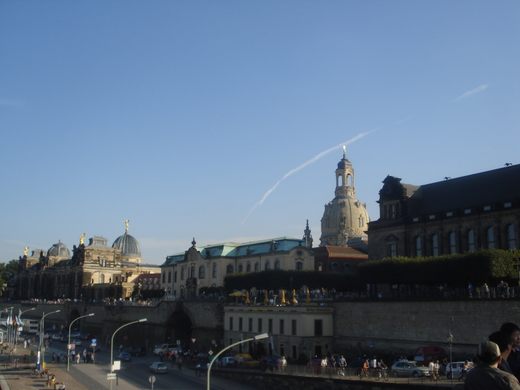
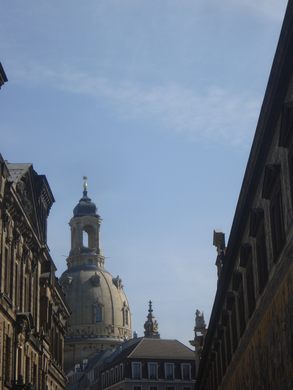
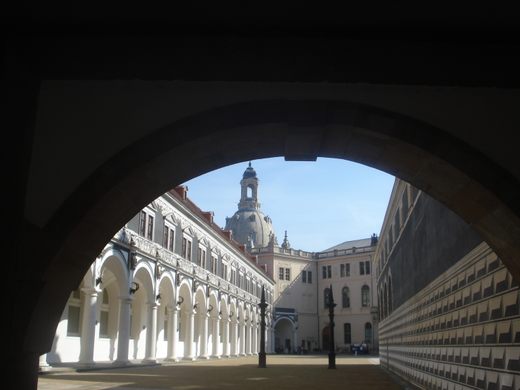




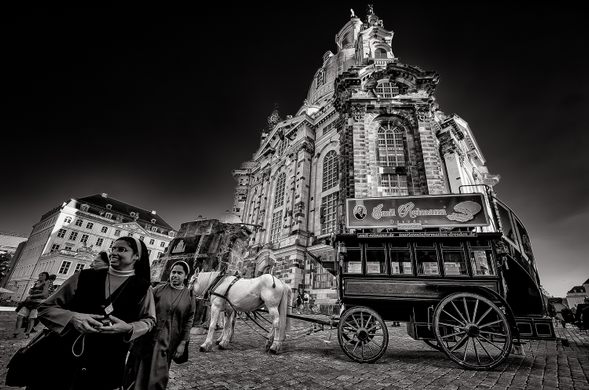








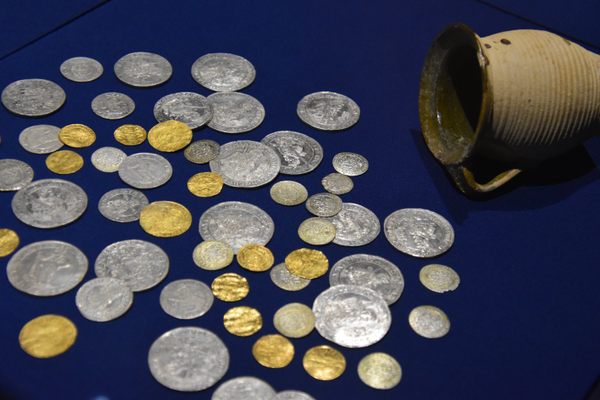




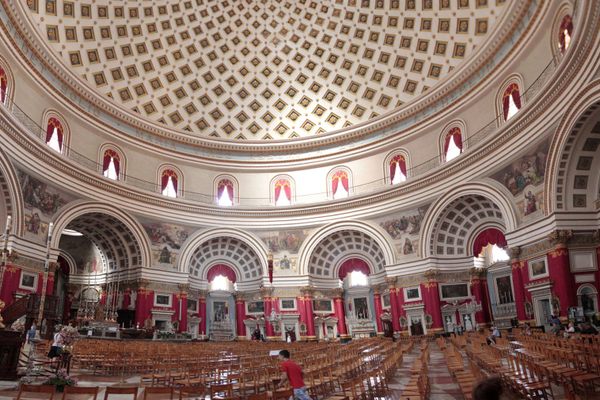



Follow us on Twitter to get the latest on the world's hidden wonders.
Like us on Facebook to get the latest on the world's hidden wonders.
Follow us on Twitter Like us on Facebook